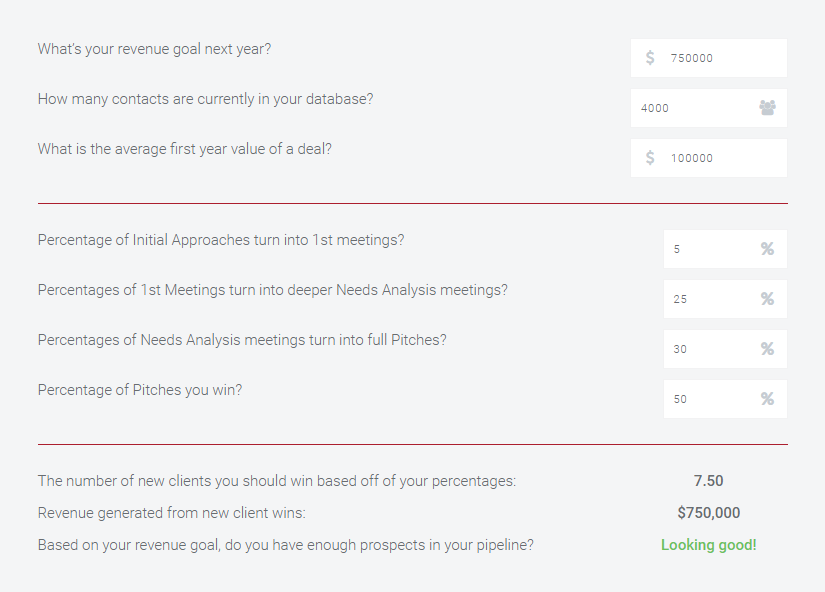If new business is a race, would you say it’s better to spend your time looking forward or backward? Do you run with your head turned backward watching mile markers get further away? Or do you watch those mile markers in front of you get closer? I would highly suggest not looking backward whenever you are running, and the same goes for your new business planning.
As any agency approaches this process of planning, it’s important to note there are two different types of measurements that can change not only how you evaluate the race that is your new business program, but also predict your future success. Those two are Lag Measures and Lead Measures. Let’s break them down.
- Lag Measures – These are backward looking measurements of a result that has already happened.
- Lead Measures – These are forward-looking measurements that are predicting a result that will happen.
In 2018 your agency needs to be looking at Lead Measures and how they can help you forecast revenue, new clients, and staffing needs. Too often, I see agencies looking at only lag measures to determine how they are doing with new business. They look back at measures like number of leads created or revenue generated and then try to determine what will happen in the future based off of those results. Closing a new client in August has no bearing on September’s chances of closing a piece of new business, so why do we forecast this way?
The best example I have seen of an agency using lead measures was based on two factors. First, my agency measured the number of “engaged conversations” that they have each month. An engaged conversation was defined as one where they determine money, authority, and need from a prospect. They knew that if they had five of those calls a month, that would lead to enough pitches to hit their new business goals. The second measurement was based on lead score. Any great new business program will have a marketing automation built into it and that will include lead scoring capabilities. This lead scoring mechanism gave my agency the ability to judge just how effective their sales and nurture campaigns were and allowed them to prioritize prospects to go after. They set a score level of 25 points as the definition of a Marketing Qualified Lead (MQL). The goal was to create 15 MQLs a month, because if they got 15 MQLS, then they could have at least 5 Engaged Conversations. See how each of these begin to predict one another?

As your agency begins to set your new business goals for the year, take a look at all of the different ways that you measure the success of your program. Take those measurements and put them either in a Lag or a Lead bucket. The majority of those will probably fall into that Lag bucket, and it’s fine to track those, but we want to start prioritizing the tracking of those Lead measurements. If you can find two dependable Lead measures, then you have not only simplified what you need to report, but you can also begin to set realistic goals for 2018 that will actually drive you to more new business wins!








